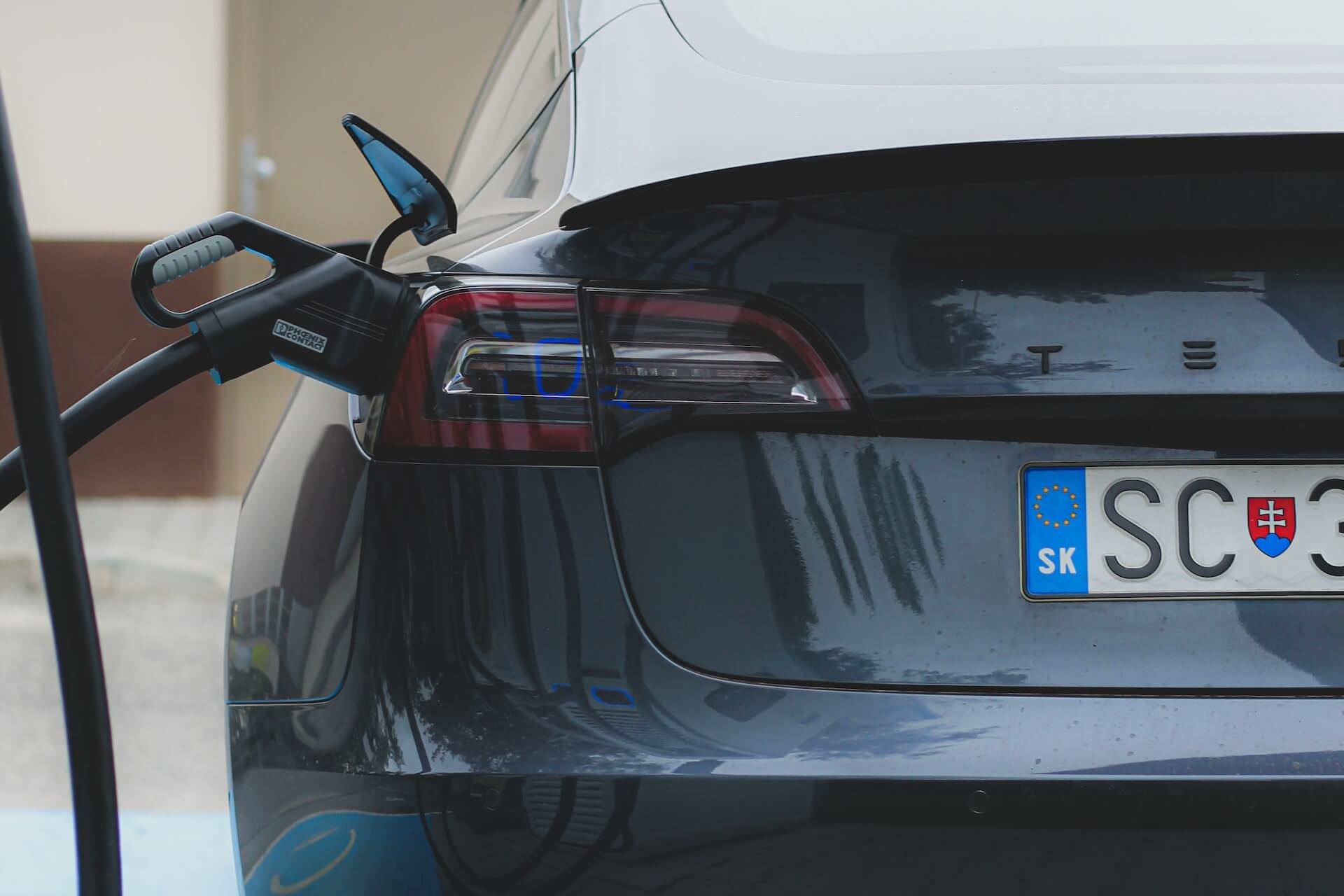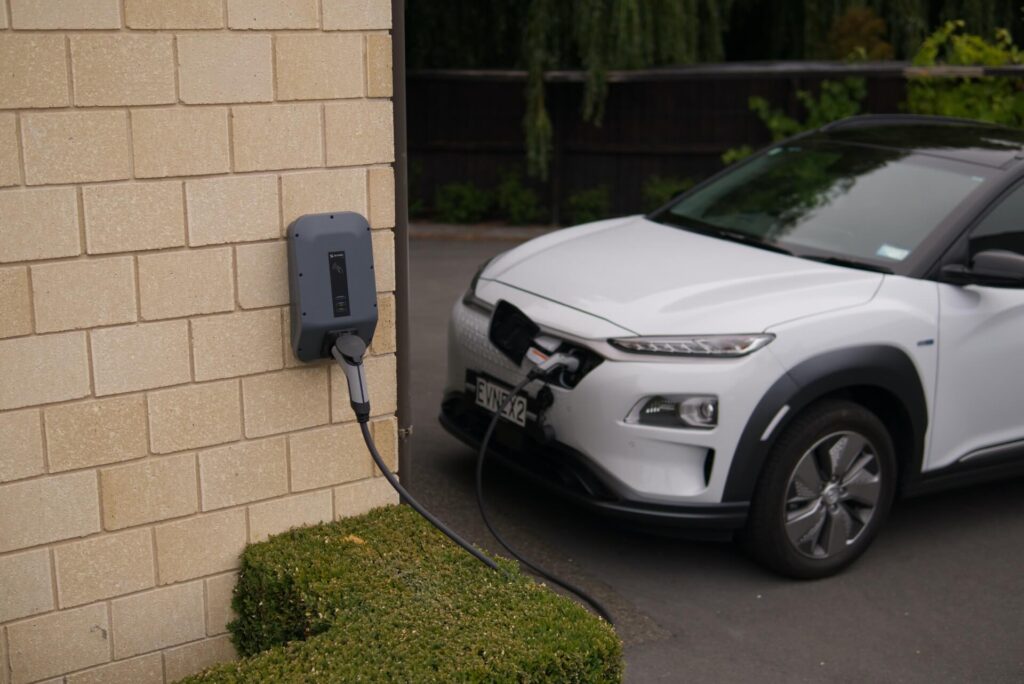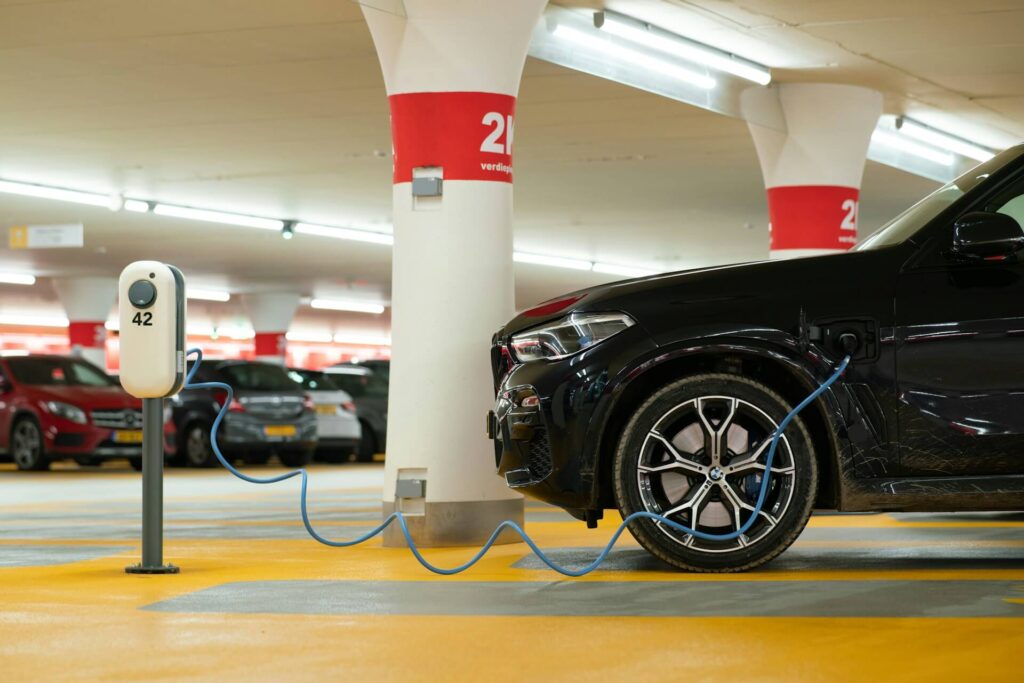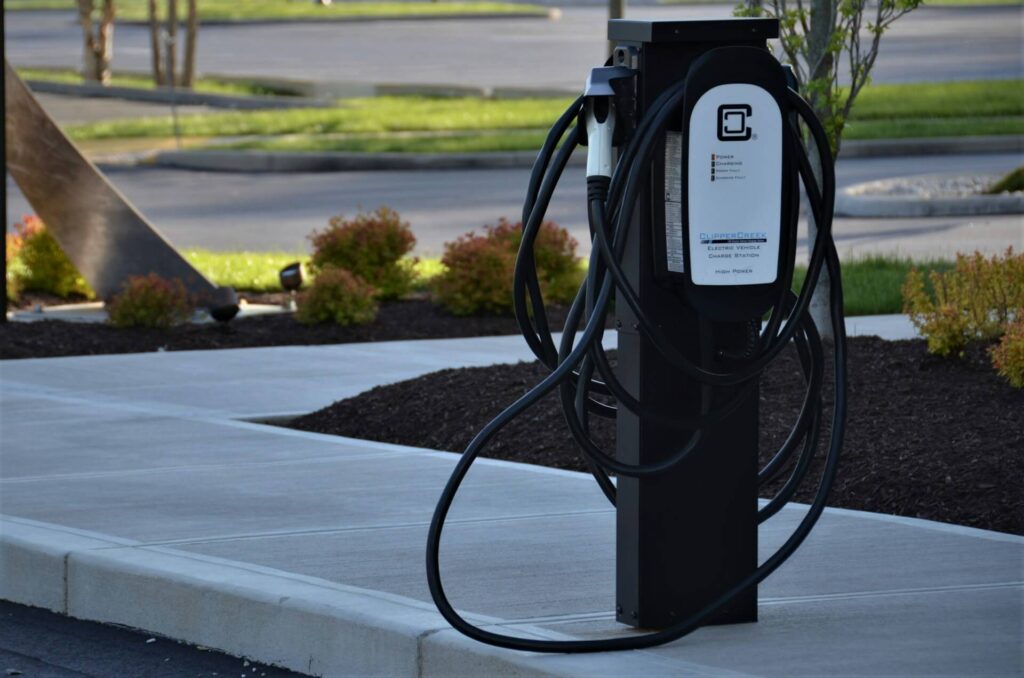EV Wireless Charging: How Close Are We?
Dec 14, 2023

As an Amazon Associate, Modded gets commissions for purchases made through links in this post.
Electric vehicles (EVs) are making their presence known in the automotive industry, increasing their share each year. The rise of EVs means we’re getting more technology to improve our machines and make them more user-friendly. Charging can be burdensome with how long it takes, so what improvements can improve this experience? One example is EV wireless charging. Here’s a guide on this EV technology and what we can expect in the future.
How Close Are We to EV Wireless Charging?
When you drive to an EV charging station, most or all the ones you’ll see have physical cables you’ll plug into your car. The federal government says there are over 160,000 public and private charging ports in the United States, more than doubling since 2019. EV charging is relatively simple but could get even more accessible as EV wireless charging technology evolves.
How close are we to EV wireless charging stations? The United States lacks in this department compared to other countries. However, recent innovations have made this dream closer to reality. For example, Nissan has tested a wireless charging mechanism to charge an EV while it sits in a parking spot. Making this technology widespread would significantly advance the EV market and dispel people’s hesitations about these cars.
If you’re looking for EV wireless charging, you’ll need to look at Asia and Europe to find it on a wide scale. For example, China debuted wireless charging piles in Suzhou, just west of Shanghai. Drivers connect to these charging stations and can use their phones to track what power level and voltage they’re getting.
Once EV wireless charging comes to the U.S., we’ll need the proper EVs to ensure they can use the technology. There’s only one vehicle capable of wireless charging — the BMW 530e hybrid. The Sedan starts at $57,600 with its MSRP, but the price could rise if demand increases. Still, the next 12 months may see a drop in vehicle prices if vehicle production heightens.
What EV Wireless Charging Technology Can We Expect?
Technology is rapidly evolving, so we could see even more innovations as the decade progresses. For now, we’ll focus on these three wireless charging technologies.
Home Stations

First, let’s talk about home charging stations. These structures are the most convenient because you don’t have to take your EV outside your property. Home charging stations let you charge in the comfort of your garage and have your EV ready for the day. They can also help your home sell 9.5 days faster on average if you want to move.
Building wireless charging stations at home would encourage more people to buy EVs. Public stations can become crowded and strain the electrical grid, so at-home structures ensure a more even spread throughout the city.
Wireless Car Charging Pad

While home charging stations are nice, they might not be accessible to everyone. After all, an at-home station can cost a couple thousand dollars unless you get a complimentary one from the dealership. Wireless charging stations are necessary within the city and suburban areas to ensure visitors can charge their vehicles. The average EV can go about 234 miles, but drivers should stop around 200 miles to ensure their battery doesn’t die during the trip.
A wireless car charging pad doesn’t require the user to plug anything in. Instead, you simply drive your car over the spot and let it charge autonomously. The battery charges while you’re at work, in the mall or doing any other errand. Removing the cables makes the job easier and more efficient.
EV Highways
Imagine taking the wireless EV parking spot technology and transferring it to the road. Researchers are developing a special road that charges your car as it drives over the pavement. This technology uses dynamic charging, letting you go longer distances in your EV. Again, this innovation is helpful on road trips if you drive hundreds of miles.
Some progress has advanced EV highways in Europe, but it could be a while before they hit the States. Sweden has a few projects underway to build an electric road. The Swedes plan to build the road by 2025 on E20 between Stockholm and Gothenburg.
Wireless EV Charging Advantages
Expanding EV wireless technology would significantly boost EV adoption in the U.S. and worldwide. Here are some of the advantages you’ll reap by using it.
Convenience
The most obvious pro would be convenience. Imagine pulling up to a parking spot or driving on the highway like normal. Charging your car during these routine tasks makes life easier. This advantage would significantly help those with physical disabilities. They’d no longer need to manually install a charger. Now, they can rest easy at home and continue with their day.
Safety

Removing charging cables from the equation increases safety and lowers costs for the operators and end users. When you have cables, you risk electrical fires and disaster for everything around you. Plus, these devices also provide tripping hazards for people walking around the charging stations.
Operational Costs
EVs come with less maintenance than gas-powered vehicles. However, it is necessary to maintain your EV’s charging integrity over the years. For example, constantly plugging and unplugging chargers weakens your ports over time. You won’t have to worry as much about wireless charging. Ideally, you’ll need even less maintenance over the years as you drive your EV.
Wireless EV Charging Disadvantages
While EV wireless charging has benefits, there are some disadvantages you should be aware of. These three aspects make adoption a bit more challenging.
Initial Costs
Innovation costs money no matter what you’re doing. Once wireless charging technology debuts, the initial costs for anybody trying to incorporate it will be high. Individuals, cities, companies and other organizations may need to stretch their budgets to make wireless EV charging fit.
Time for Development
Costs are a prohibitive factor in addition to the existence of wireless charging technology. You’re more likely to see these advances if you live in China, South Korea, Sweden and other nations. While EV adoption is growing in America, it will take some time to see the technology grow and develop here in the States. First, it must pass the rigorous demands of regulators to ensure the safety of consumers.
Technological Disruptions
Technology is not without its flaws. We risk disruptions and compromised safety each day we use wireless charging stations. A power grid collapse is possible, but we should acknowledge cybersecurity as the most pressing issue. Research shows a cyberattack happens about every 39 seconds, so using advanced technology carries this risk.
Adopting Wireless EV Charging in the United States
EV adoption grows yearly as more manufacturers encourage consumers to buy these eco-friendly machines. The increased usage means we need more technology to keep up with demand and ensure everyone can safely charge their cars. One way to increase adoption is to implement wireless EV charging nationwide using parking spots, EV highways and at-home stations.






